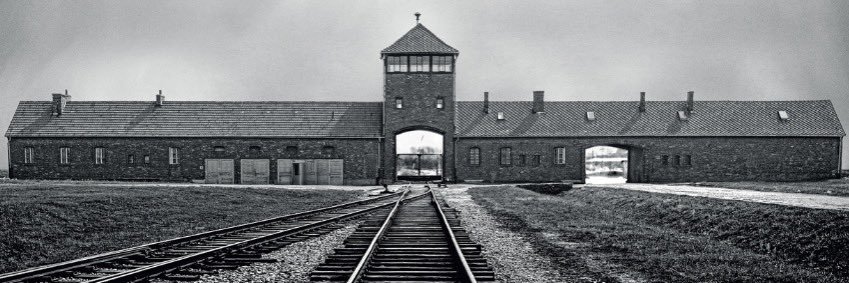
Auschwitz Exhibition
@auschwitzxhibit
▪️Official account of the Auschwitz Exhibition ▪️Created by @Musealia_ and @AuschwitzMuseum ▪️NEXT DESTINATION Royal Ontario Museum - Opening January 2025
Rudolf Höss was the longest-serving commandant of Auschwitz. He tested and implemented means to accelerate Hitler's plan to systematically exterminate the Jewish population of Nazi-occupied Europe, known as the Final Solution. #NotlongagoNotfaraway
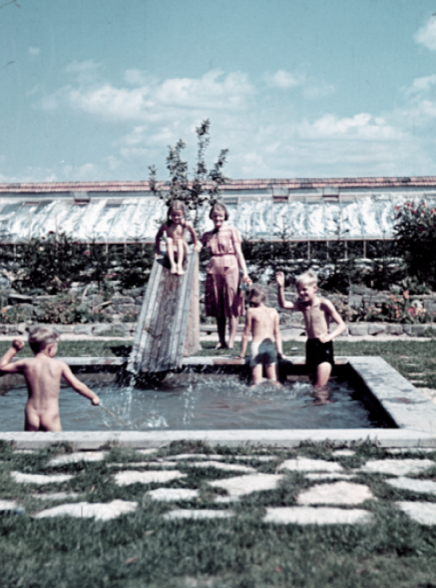
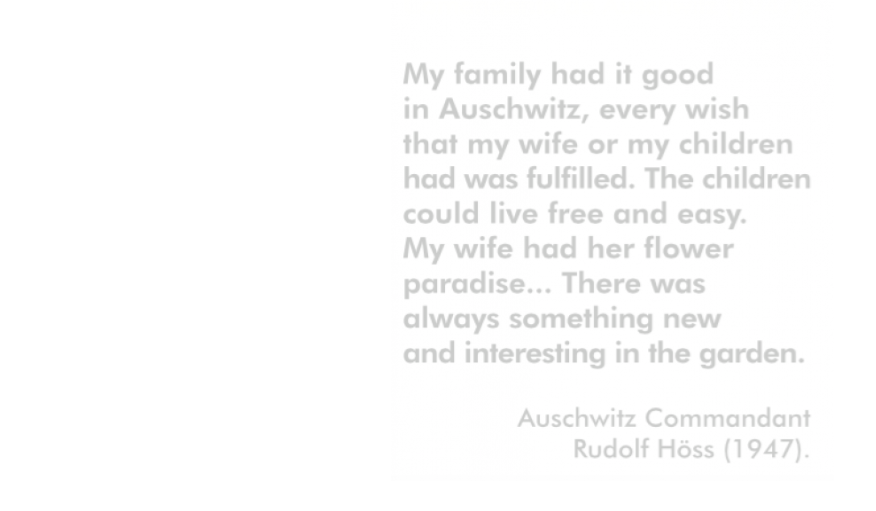
Thanks to this blanket, the prisoner of Auschwitz Siegfried Fedrid and other 5 inmates managed to survive the so-called "Death March (1945)". Fedrid was released later in the Dachau camp. Collection @HolocaustCtr included in @auschwitzxhibit #NotlongagoNotfaraway

His name was BEDŘICH BRUMLÍK. Before his deportation, BEDŘICH lived in Vysokomýtská 19, Prague. He was first transported by train from Prague to Theresienstadt Ghetto, where he survived from 20.11.1942 to 20.01.1943. On this date he was sent to #Auschwitz, where he was killed.
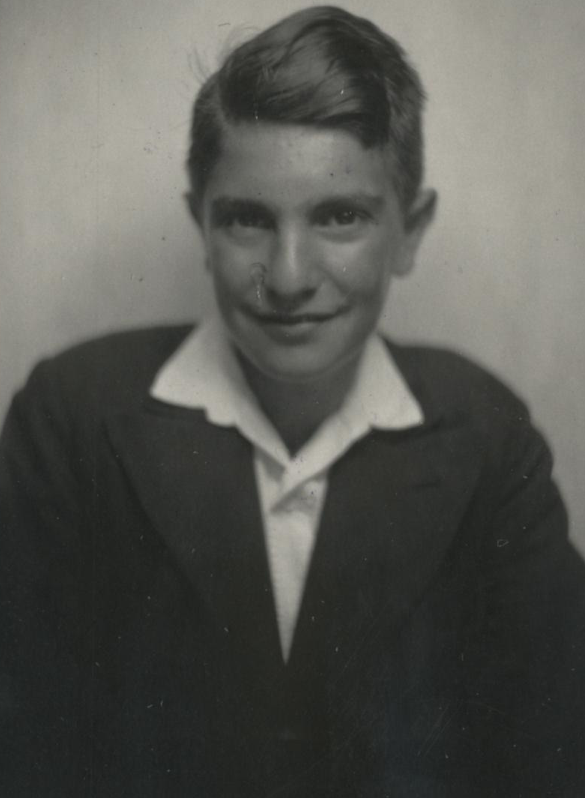
The @auschwitzxhibit portrays the complex reality of Auschwitz, symbol of the Nazi horror, and the world of victims and perpetrators with a clear goal – to elucidate how such a place could come into being and dig into how its existence has determined our present worldview.
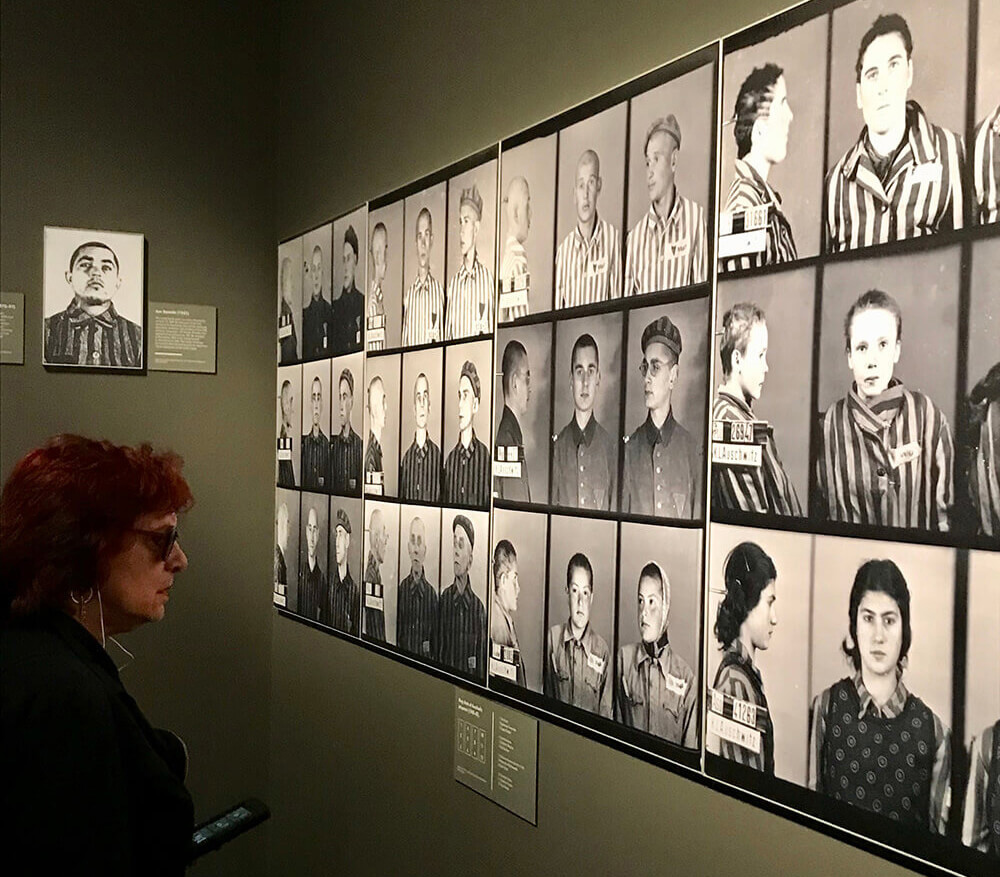
Front page and page 3 of the New York Times, January 28, 1945. Notably, the cartographer who created the map on page 3 included Oświęcim, marked as a white dot in the lower corner along the broken black line on the front page. Collection of @Musealia_
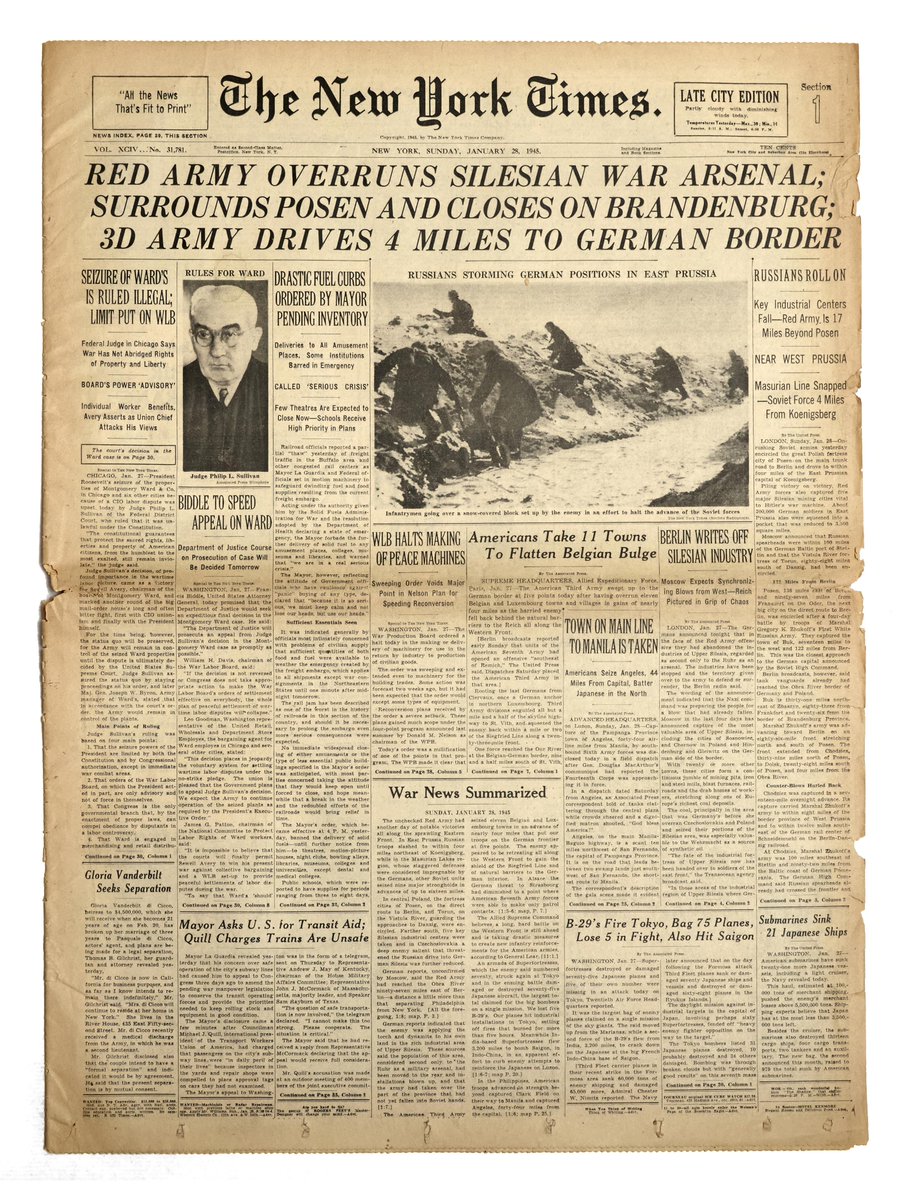

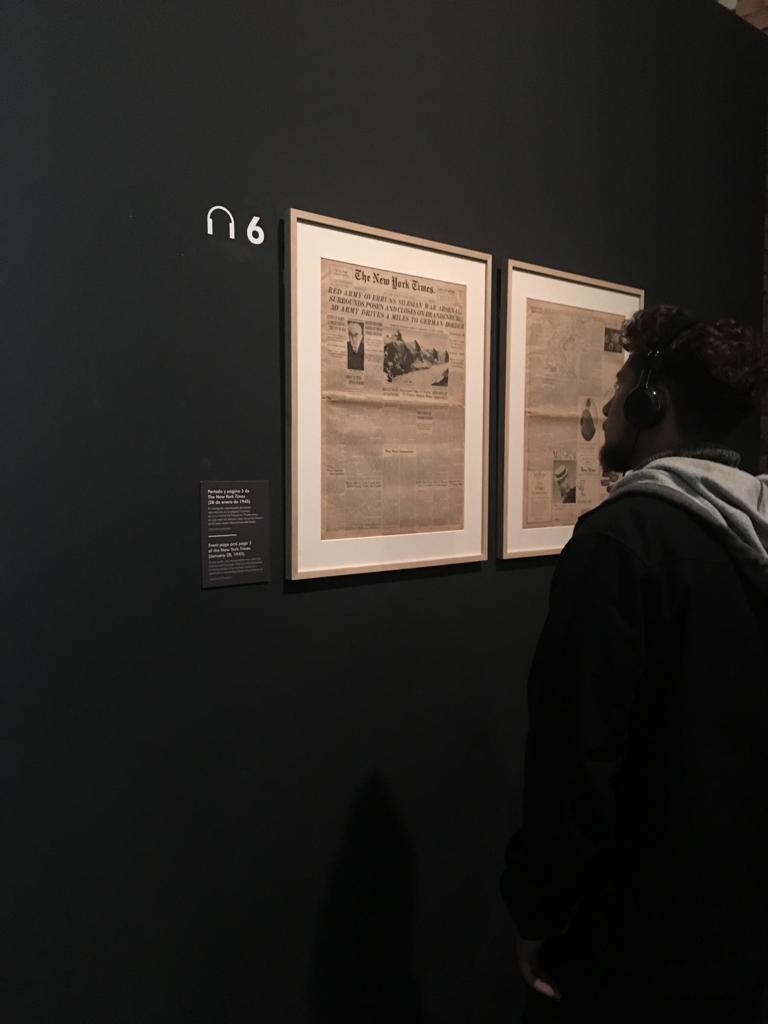
(2/2) On August 25, 1944, an aerial photo captured Auschwitz, showing a freight train with about 1,500 people headed to the gas chambers and Crematorium II. These photos were not analyzed until 35 years later.
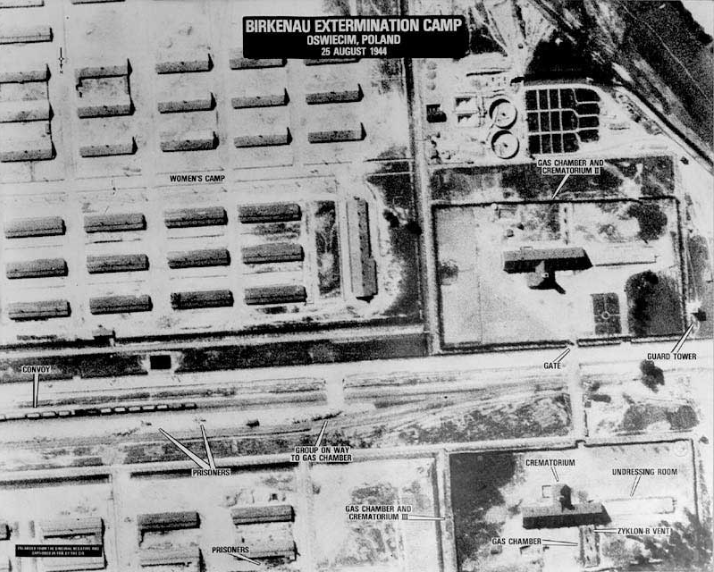
1944 | The Allies planned an attack on the German fuel industry. The Monowitz factory, a key target, was photographed by South African Mosquito planes to gather intelligence on the area and the camp (1/2)
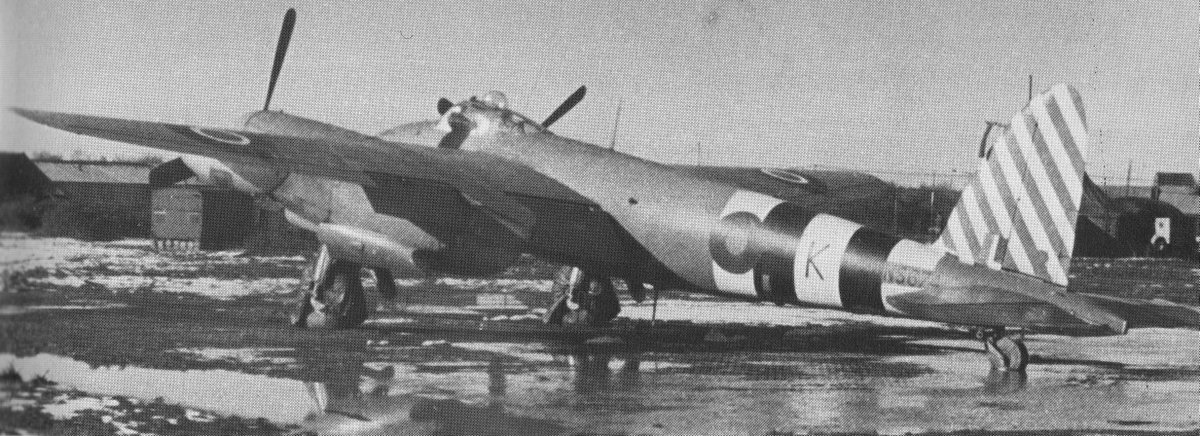
July 25, 1942 | As a result of the spreading typhus epidemic and the various methods of extermination, 234 male prisoners died at #Auschwitz.
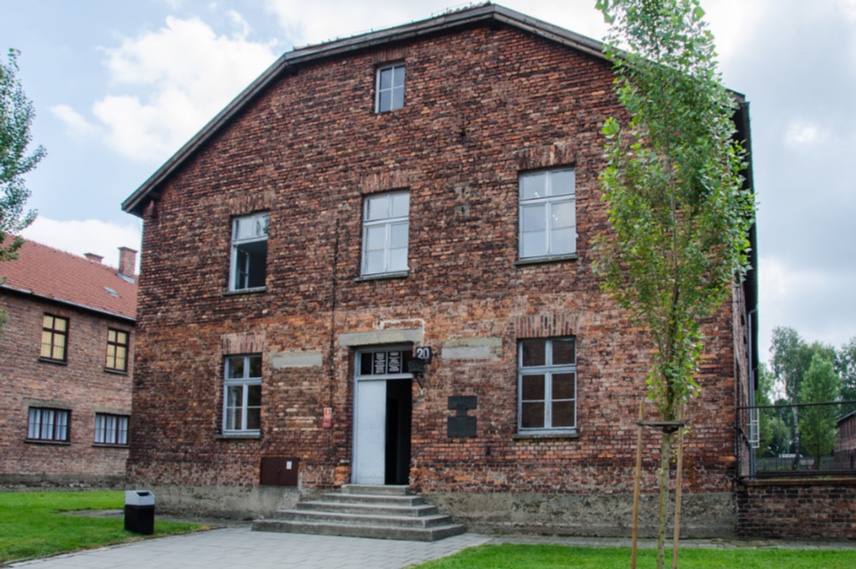
July 25, 1942 | 200 young French Jewish women, labeled as Communists by the SS, were sent to the Penal Company in Budy. Among them were also Polish women whose husbands had emigrated to France in search of work. Learn more about #Auschwitz sub camps: ow.ly/8RsF50uXbyk

Assignment board from the Kommandant’s office at #Auschwitz, used to organize and display daily tasks and duties assigned to camp personnel. Collection of the @AuschwitzMuseum displayed at @auschwitzxhibit.

A camp physician, Wirths, presented an evaluation of Auschwitz-Birkenau camp medical doctor Josef Mengele, highlighting the effectiveness of "his method" in combating epidemics. This "method" consisted of sending patients directly to the gas chambers.
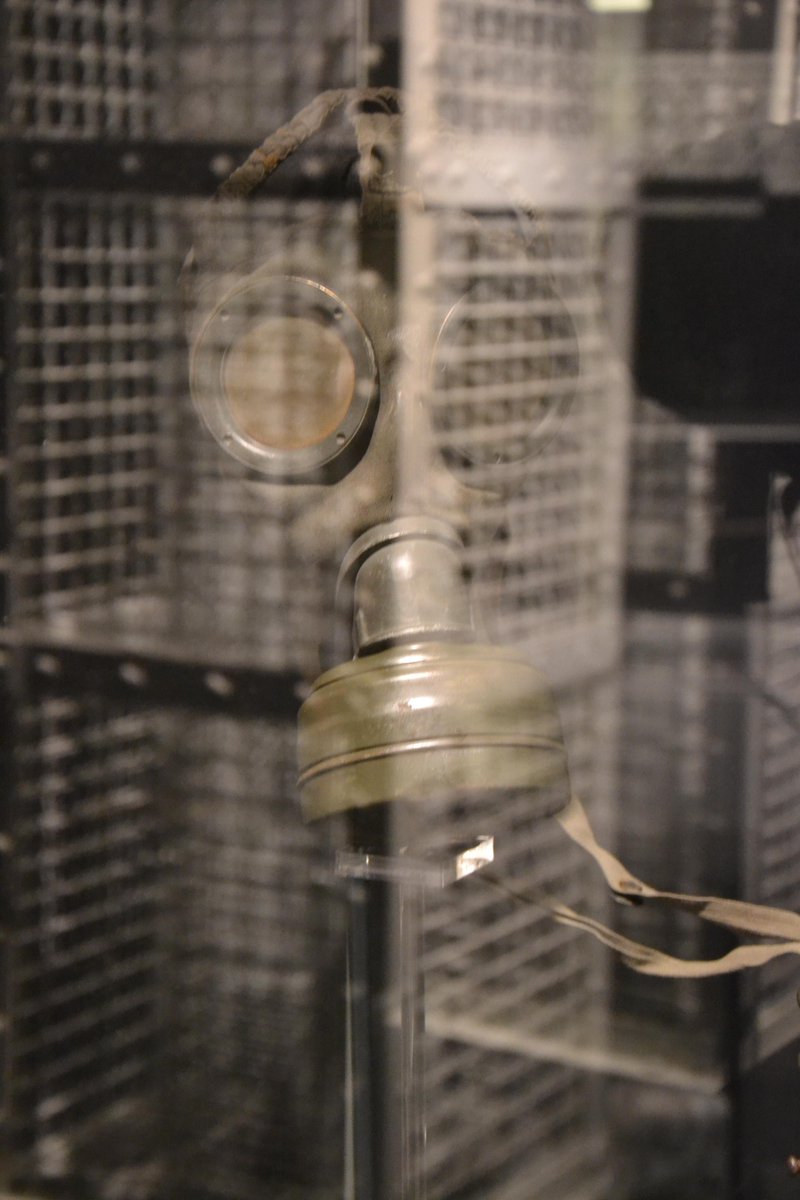
July 24, 1944 | The advance of the Red Army into Lublin, Poland, led to the liberation of the Majdanek concentration camp (1/2)
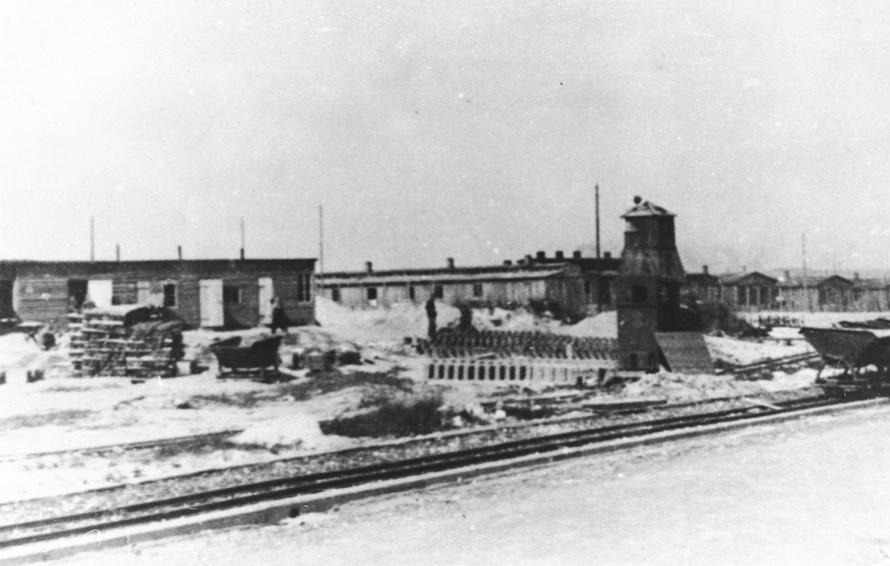
July 24, 1943 | In #Auschwitz Polish prisoner Henryk Radomski (No. 14186) is led from the bunker to the washroom in Block 11 and shot. He was in the bunker for more than 260 days, because the Political Department wanted to extract information from him.
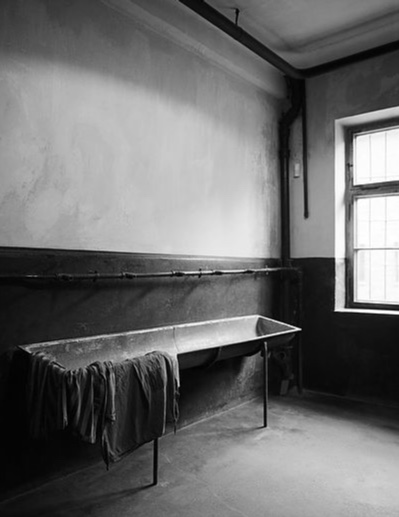
A transport from Drancy, a Nazi detention camp near Paris, arrived at #Auschwitz with 997 Jews on board. Among them were 341 children aged 2 to 10, and 323 others up to age 16. Upon arrival, 897 people — including all the children — were immediately murdered in the gas chambers.

July 24, 1943 | In #Auschwitz Polish prisoner Henryk Radomski (No. 14186) is led from the bunker to the washroom in Block 11 and shot. He was in the bunker for more than 260 days, because the Political Department wanted to extract information from him.

July 23, 1944 | Dobsina, Slovakia, Deportation of Jews to #Auschwitz. In the picture, Women from the Shayovitz, Stern, Frishman and Weiss families. #NotlongagoNotfaraway
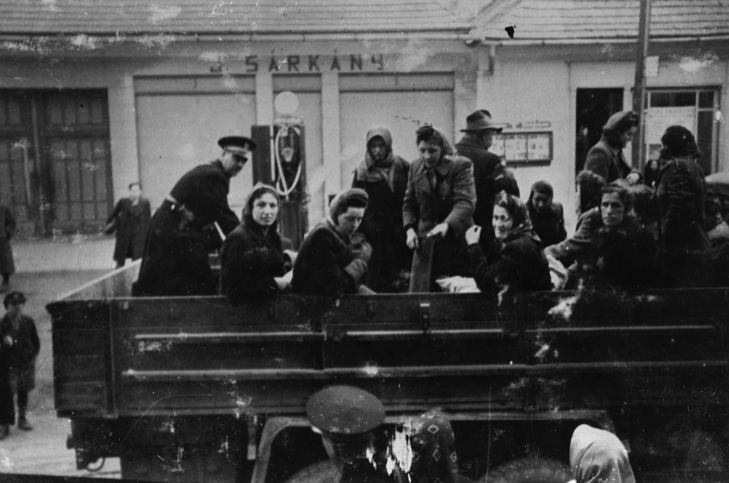
July 23, 1944 | Soviet forces liberate Lublin-Majdanek and find fewer than 500 prisoners left in the camp as the SS evacuated most of the prisoners to concentration camps further west during the spring of 1944.

July 23, 1944 | Soviet forces liberate Lublin-Majdanek and find 985 Soviet POWs left in the camp as the SS evacuated most of the prisoners to concentration camps further west during the spring of 1944.
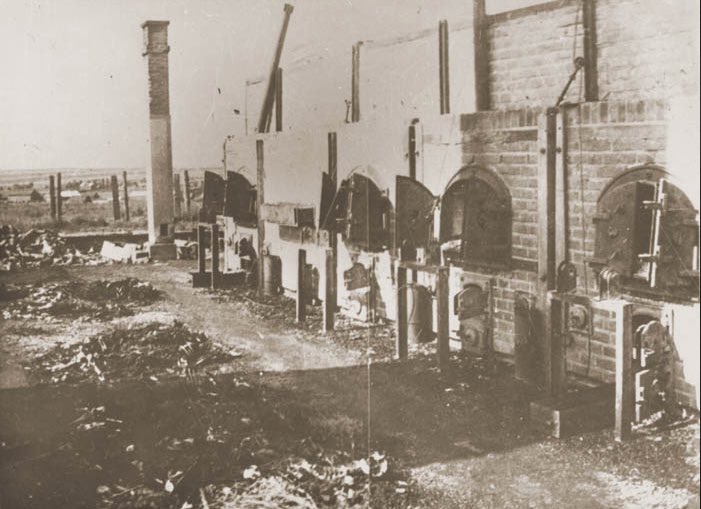
These concrete posts were part of the fence of the Auschwitz camp (1940-1945). They were covered with barbed wire and electrified, so that no one could escape. Collection of the @AuschwitzMuseum shown at @auschwitzxhibit
